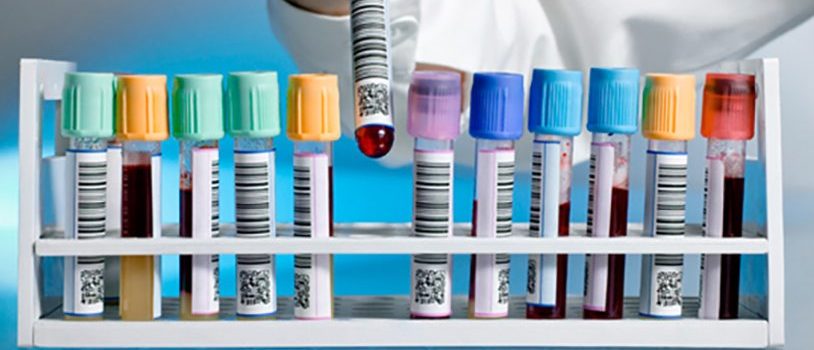The need for drug testing in the workplace is already being recognized by a growing number of employers. If you’re an employer, you need to be aware that there a number of drug testing methods available to you. To know your options, here is some information about the different types of drug test.
Urine Drug Testing
Of all the available drug testing methods out there, the most common is urine drug testing. It is logical for urine drug testing to be common, because metabolites—the structures produced by the metabolism of all substances ingested by the body—use urine as its main excretory route. Analytical methods used to detect traces of any drug in the urine include immunoassays, thin layer chromatography, gas spectrometry and mass spectrometry.
Saliva Testing
Urine drug testing may be the most common form of drug testing, but saliva testing is becoming more popular simply because it is less invasive. However, it seems that saliva drug tests should only be used to detect very recent drug use to ensure accurate results. One study, for instance, reports that saliva testing can only detect cannabinoids when the subjects have smoked cannabis only 4-10 hours beforehand.
Blood Testing
The most expensive and invasive of all drug testing methods also happens to be the most accurate. It actually detects right at the time of testing the presence of the substance and its metabolites in the blood. The actual amount of drugs in the blood at the time of the test can also be measured by a blood drug test. However, its cost and invasiveness makes blood drug testing used less frequently.
Hair Testing
The idea of hair drug testing is based on the premise that drug metabolites enter the blood vessels of the scalp, and the hair will filter them and keep them as a permanent record of a person’s drug use. Many people, however, object to hair testing because it does not measure current drug use. A person could have last used, say, cannabis a few months before, and still be found positive today because residues of the substance will remain in the hair for months afterwards, and no amount of shampooing can take them away. The fact that much of today’s workplace drug testing is dependent on whether an employee is impaired while on duty makes hair drug testing quite irrelevant. The considerable cost and the lengthy processing of the hair samples are also reasons why few employers use them for workplace drug testing.
Perspiration Testing
Perspiration drug testing is perhaps one of the newer drug testing methods available today. It works through a sweat patch affixed to the skin for a period of 14 days. The patch is worn to detect the presence of drugs that a person excretes through perspiration. However, this method is more commonly used to monitor people on probation or those involved in child custody cases.
These are the workplace drug testing options available to employers these days. If you’re planning on implementing employee drug testing, be sure to study your options so you can pick which drug testing method perfectly serves your purpose.

